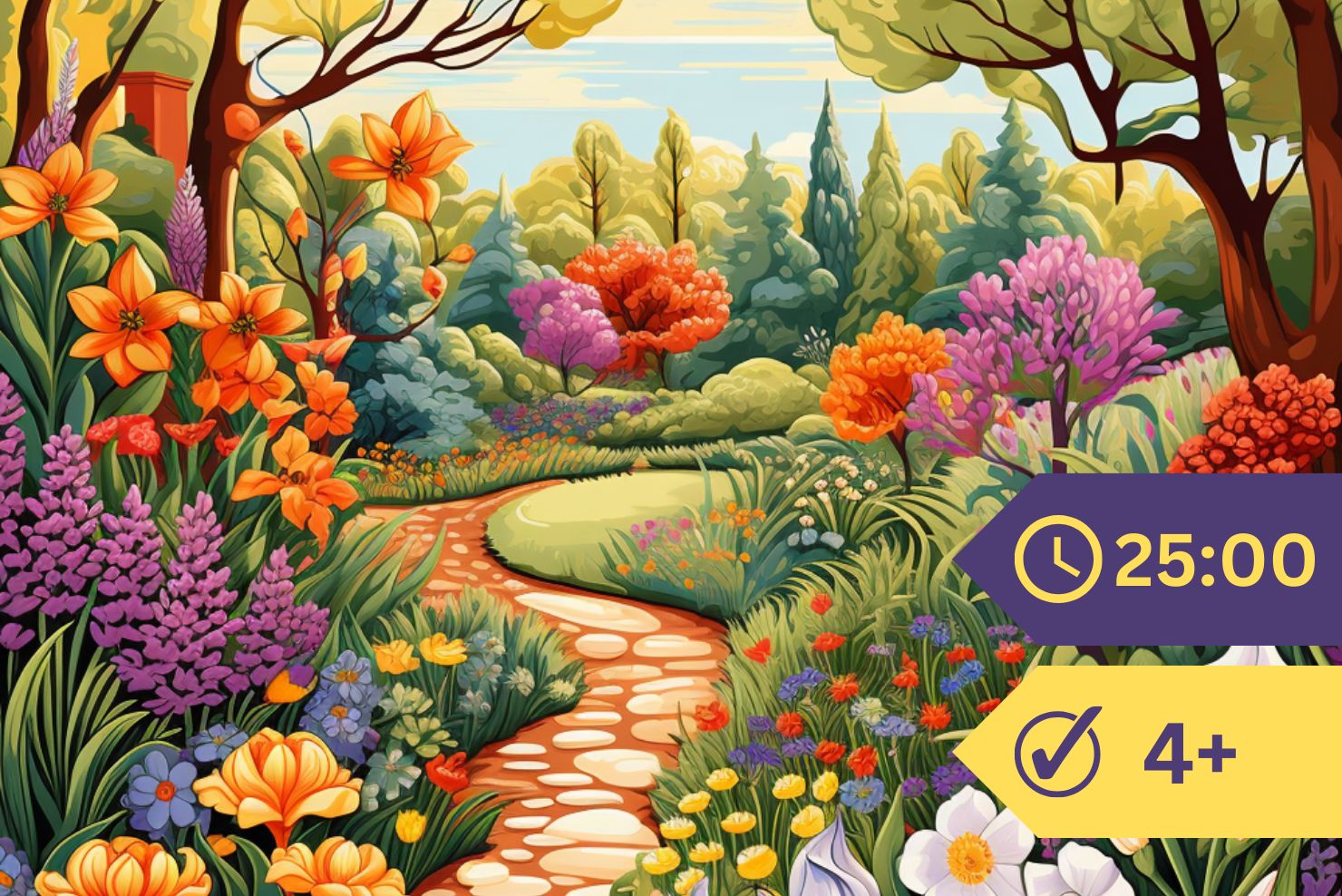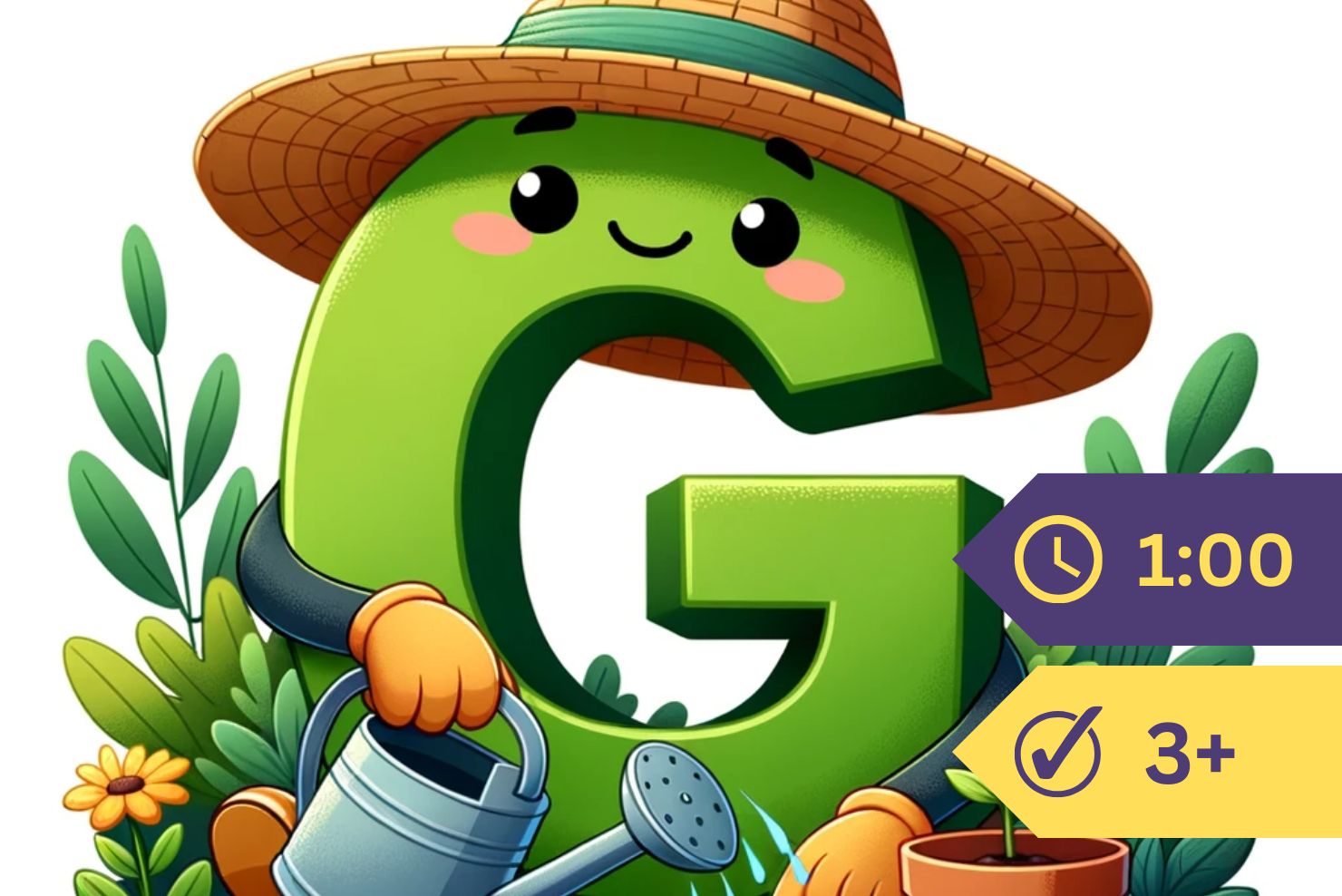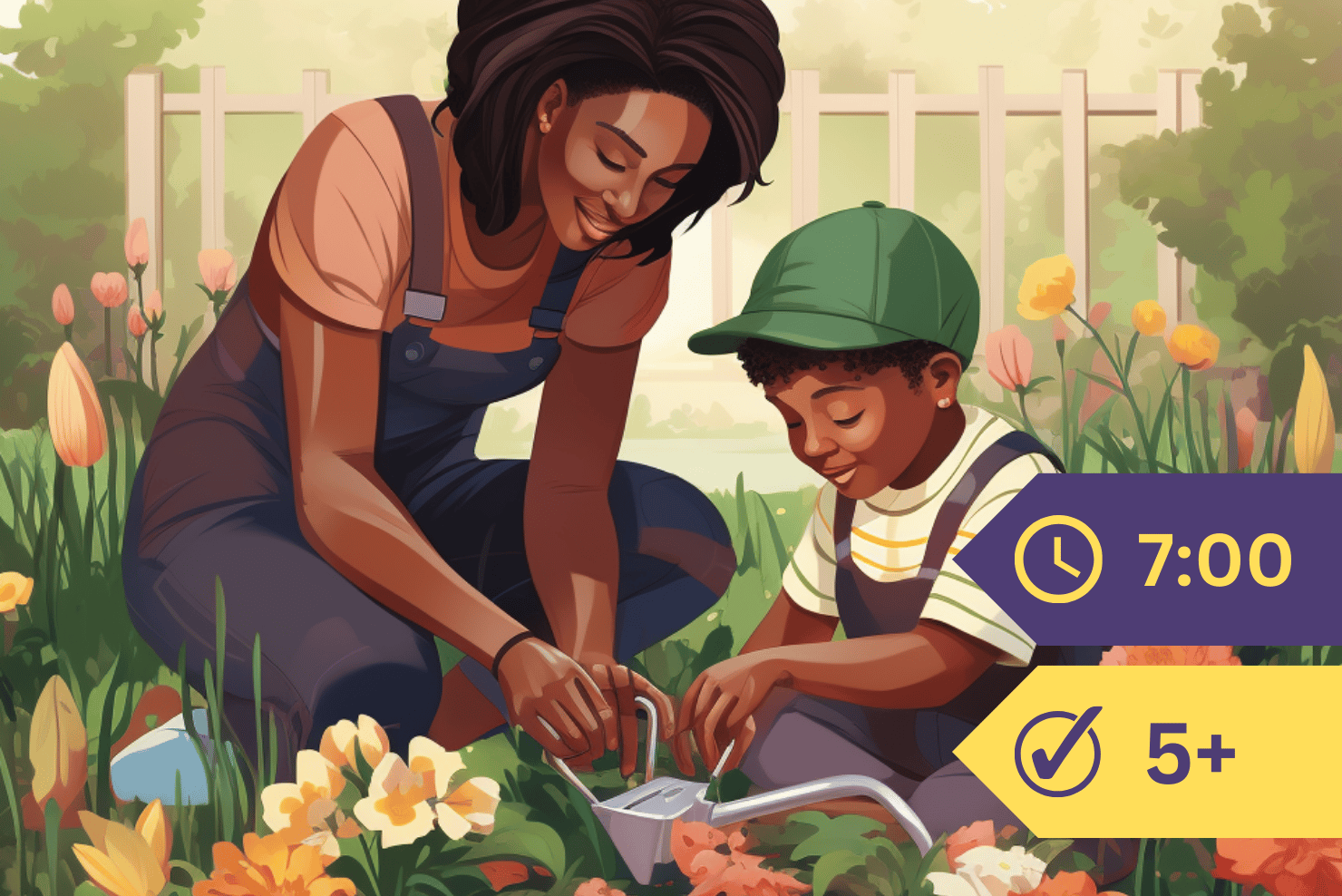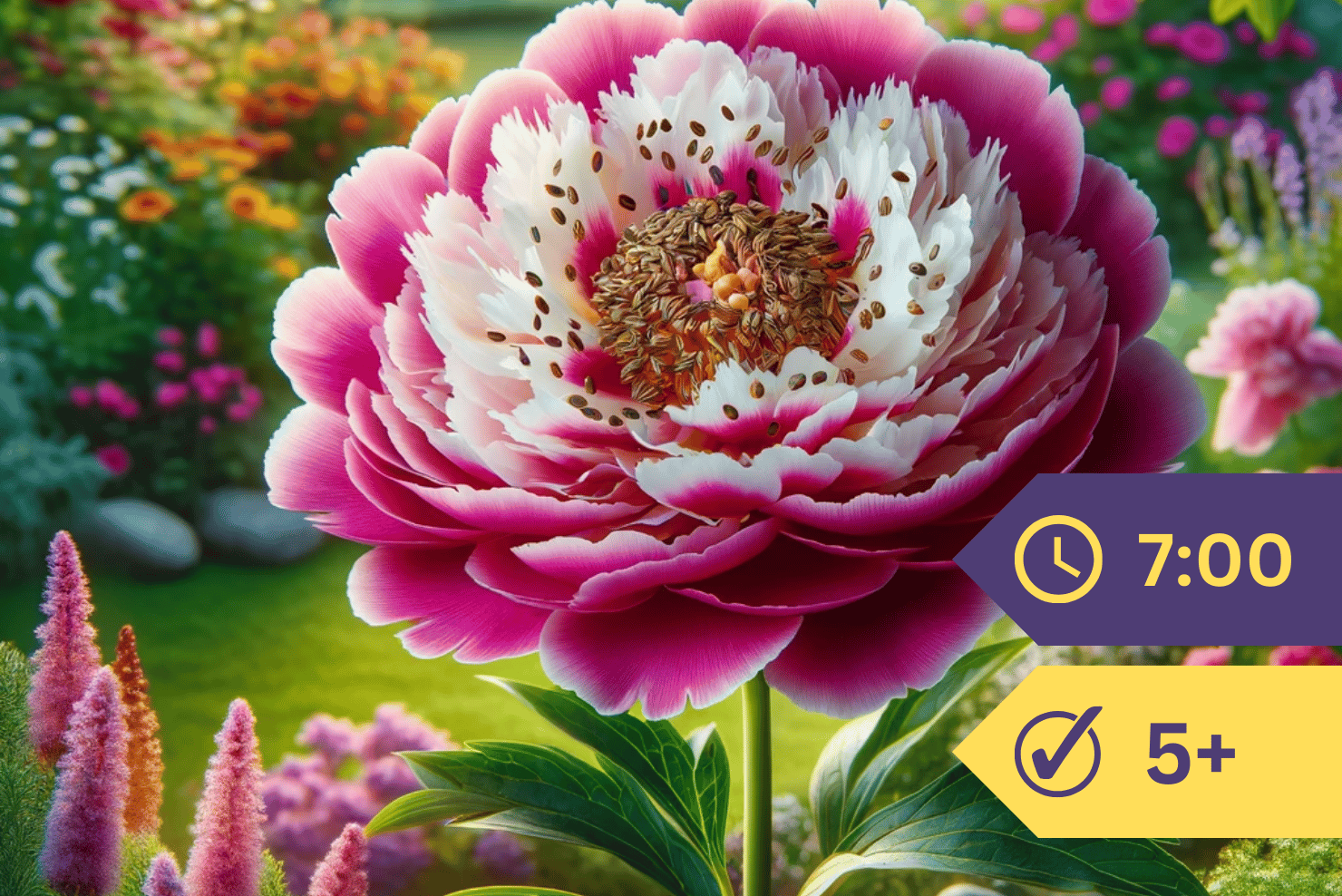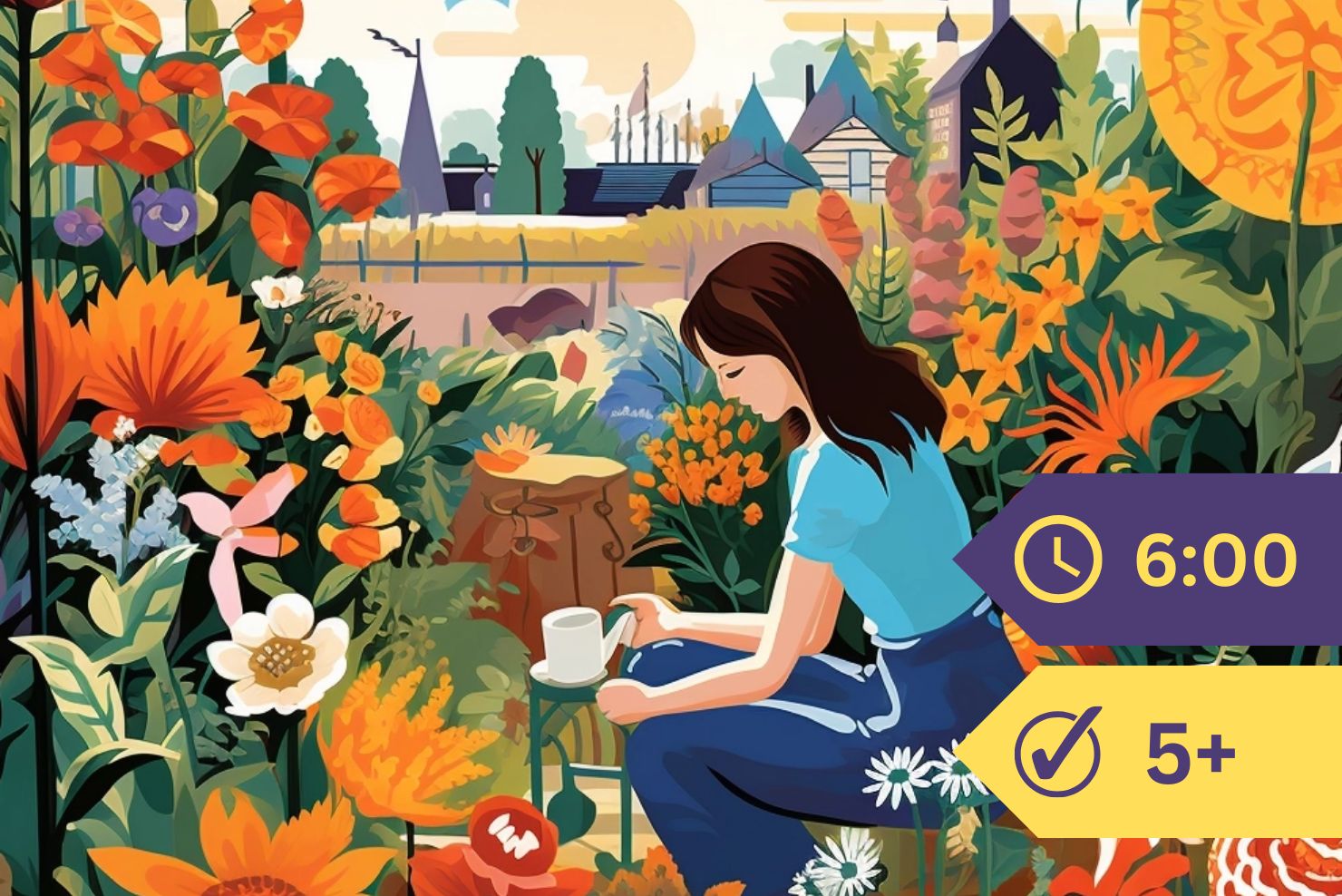The baby food of the squash vine, like that of the bean, is stored away inside the seed leaves, which on this account are so large that they quite fill the seed shell. They are not so thick as those of the bean, but thick enough to hold all the nourishment that is needed to keep the young plant alive and hearty until it is big enough to shift for itself.
Very soon after this seed is laid in warm, moist earth, its little plant begins to grow too large for the seed shell, and the white stem is pushed out through the hole you notice at one end of the seed. This stem forces its way into the earth below, and puts out a root, and root fingers. And now its upper part begins to lengthen out and to straighten itself. In doing this, it pulls the two seed leaves right out of the seed coat. If it fails at once to get rid of the seed coat, it lifts this up into the air, on top of its leaves.
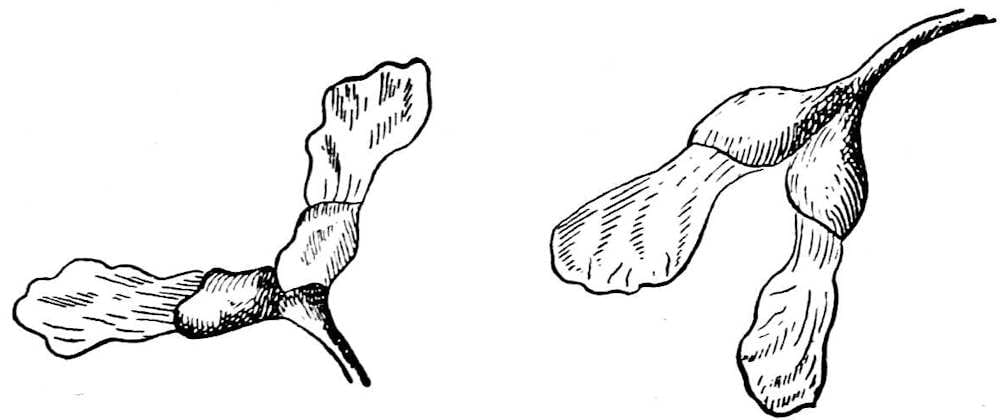
Often the young maple tree comes into the world in this way, carrying its seed coat on top of its seed leaves. The maple is another plant that packs its baby food within the seed leaves instead of round about them. Perhaps your teacher has saved for you some maple keys, as the fruit of the maple tree is called. If you split open a maple key, you will find hidden within one of its halves the beautiful baby tree. This is folded away so neatly that one is tempted to split open one key after another, for the pleasure of unpacking other delicate baby maples.
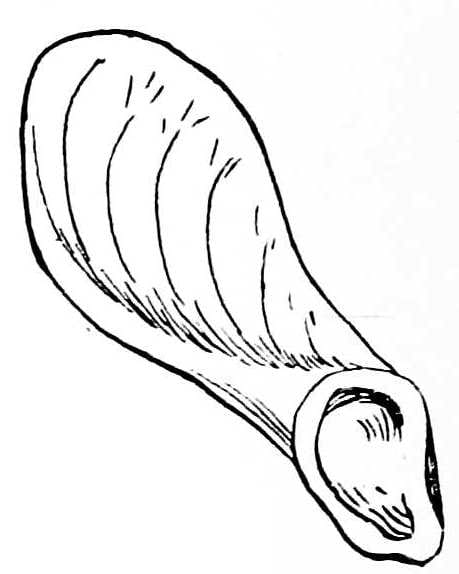
But now let us find out what has happened to the peas which I planted.
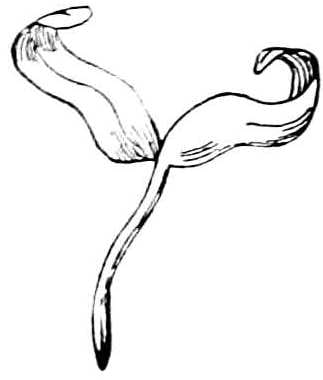
Peas seem to us so much like beans, that perhaps you think the young pea baby comes into the world in the same way as the bean plant; but surely we have nothing here that looks at all like the bean plant.
We see some stems having small, thin, green leaves.
Where are the fat seed leaves, filled with the baby food that keeps the plant alive? They are not in sight, certainly, so we must start a hunt for them.
If you will carefully remove the earth from about this little pea plant, you will soon find that the pea seed from which it is growing lies buried in the earth. This pea seed, like that of the bean, is made up chiefly of what really are two seed leaves, although in the case of the pea it may seem only as a matter of politeness that we give them the name of “leaves;” for in the pea these seed leaves lie buried in the earth, and split open just enough to allow the little pea plant to grow up into the air.
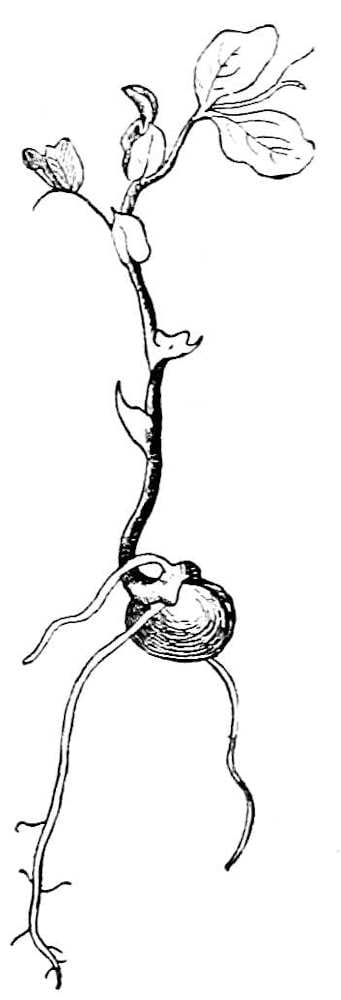
But like the seed leaves of the bean, they are fat and full of food, and care for the young plant just as devotedly as did those of the bean. When this young plant needs them no more, like those of the bean, they die of starvation.

Within the acorn, the seed leaves of the great oak tree grow together. These lie quietly in the acorn shell while sending out supplies of food to the root and stem and leaves of the young oak. Walnut and chestnut leaves act much in the same manner. But these first leaves of the walnut do not grow together, as you know. Each one is packed away separately in half of the walnut shell.
The corn has but one seed leaf, which makes it unlike all the other plants about which we have been reading; but it resembles the pea, the acorn, the walnut, and the chestnut in this,—that the one seed leaf lies buried in the earth, as do their two seed leaves.
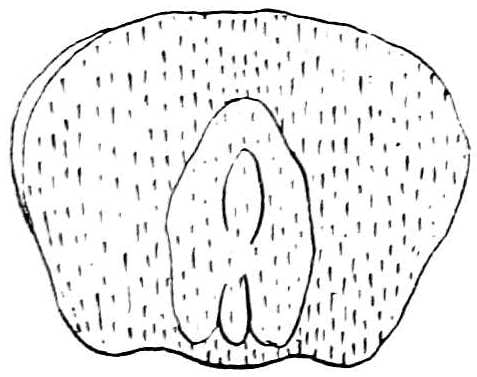
The baby corn plant is very small. It does not fill the whole seed shell, but gets its nourishment from the food by which it is surrounded.
This picture shows you a seed or grain of corn cut in two. Of course, this is much larger than life. In the center you see the tiny plant. All about is the baby food.
The next picture shows you the young corn plant.

I want you to remember that this is the only plant we have seen with but one seed leaf. This one seed leaf never comes out of the seed shell. There are other plants of the same kind. All the grass plants have but one seed leaf, and the blue flag that grows in wet meadows, and all the lilies.
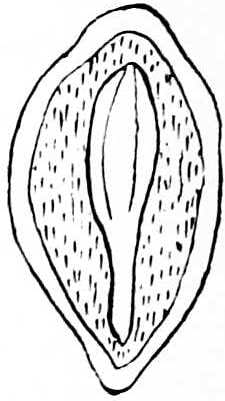
Only a few plants have more than two of these seed leaves. The pine trees are among these few. This picture shows you a baby pine tree, still cradled in its seed, surrounded by baby food; and the next one shows you the pine just starting out in the world, with its six seed leaves.
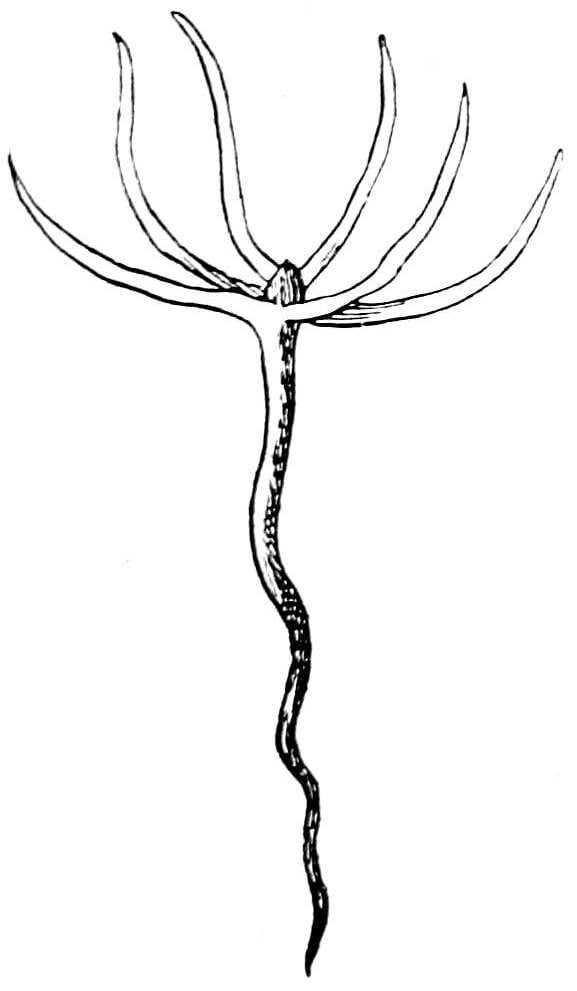
When you study the botany that is written for older people, you will find that plants are set apart in separate groups, according to the number of their seed leaves.
Strange though it may seem to you, plants with but one seed leaf have certain habits that you will not find in a plant with two seed leaves; and a plant with two seed leaves, long after these have passed away, will show by root and stem that it had more than one seed leaf.
In your schoolroom garden I should like you to grow side by side, first a plant with but one seed leaf, next a plant with two seed leaves, and lastly a plant with more than two.



